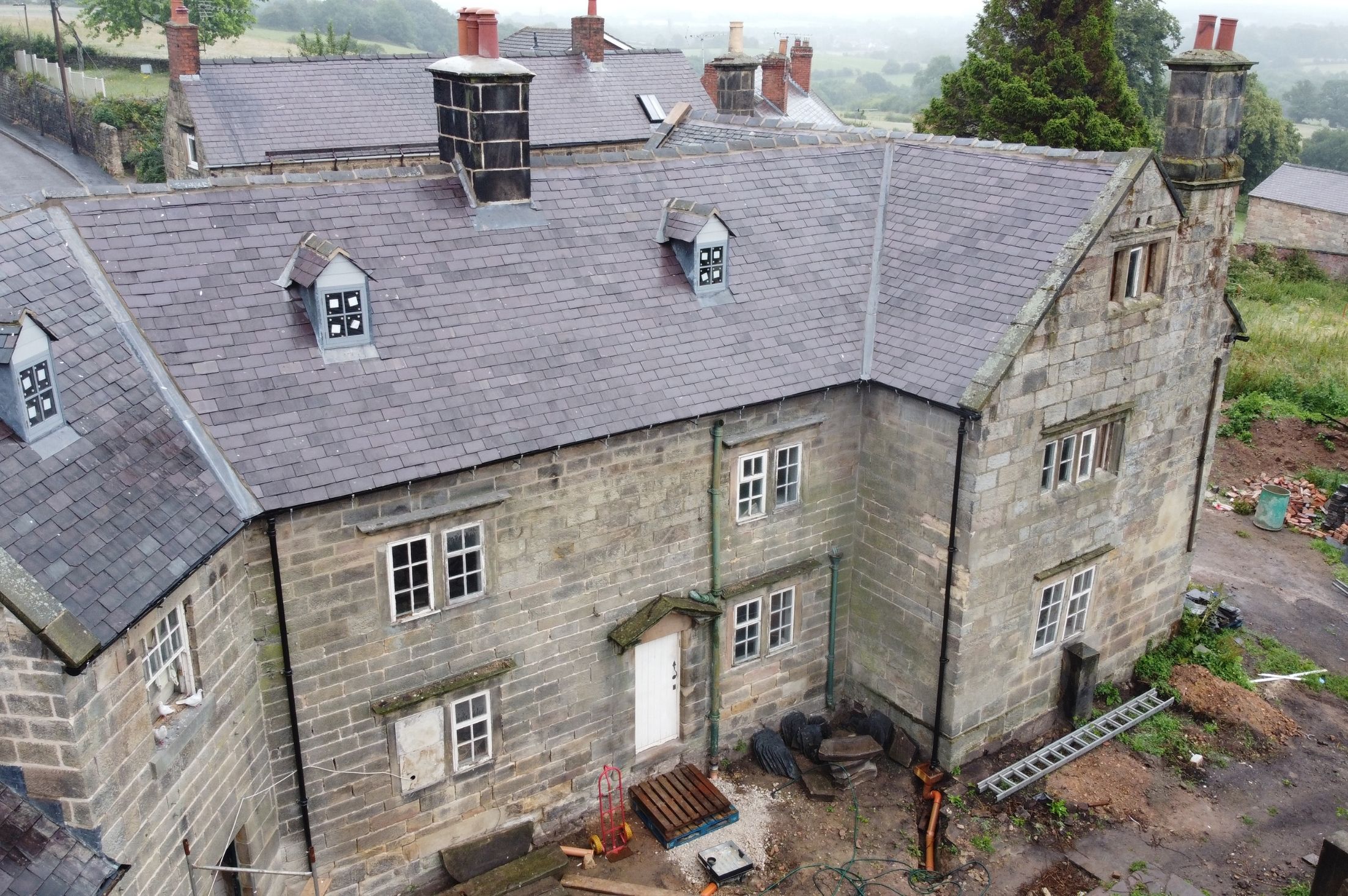Planning & Design Practice Ltd have recently gained planning permission for a new summer house, within the grounds of a substantial Victorian residence in Carsington, within the Derbyshire Dales.
The site is within the Carsington and Hopton Conservation Area and previous design attempts by other agents had failed to meet the strict design criteria of this historic village.
The Carsington and Hopton Conservation Area, was designated in 1971 with the boundary extended again in 1994. In 2008/9 a comprehensive Character Appraisal was undertaken with a Draft Appraisal produced in May 2009. The Appraisal considered the special qualities and interests of the Conservation Area including its archaeological significance, the architectural and historic quality of the buildings, the relationship of the buildings and spaces, the landscape and the setting of the conservation area and the negative and neutral factors affecting the area.
Planning & Design Practice Ltd prepared a revised scheme for the summer house, consisting of an oak frame construction, built upon a solid plinth of Birchover stone. The traditional gabled roof is to be covered with lead, a reference to the ancient settlement of Lutudarum near Carsington, the administrative centre for the Roman Empire’s lead mining operations. To maximise sunlight within the summerhouse, vaulted, thin steel framed windows are to be used, set within the oak frame.
The revised design was found to be appropriately subservient yet of a high quality design as befits the Conservation Area. We look forward to seeing the scheme completed.
At Planning & Design Practice Ltd we recognise the importance of the built heritage in our towns, villages and rural areas.
We have the in-house expertise to ensure that proposals are designed sympathetically to conserve and enhance historic buildings and sites, and we use our experience to provide the right level of detail to accompany applications for planning permission and listed building consent.
We have worked on numerous schemes affecting Listed Buildings, Conservation Areas and the Derwent Valley Mills World Heritage Site. Director Jon Millhouse specialises in heritage planning and architectural team leader Lindsay Cruddas is a registered Specialist Conservation Architect.
For more information or to discuss your project or property, please get in touch.




